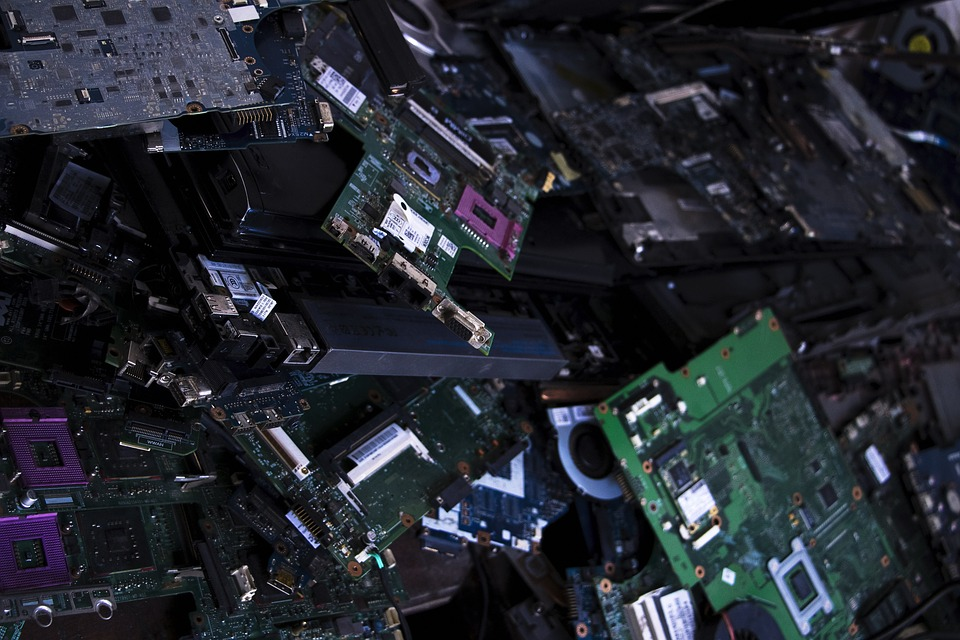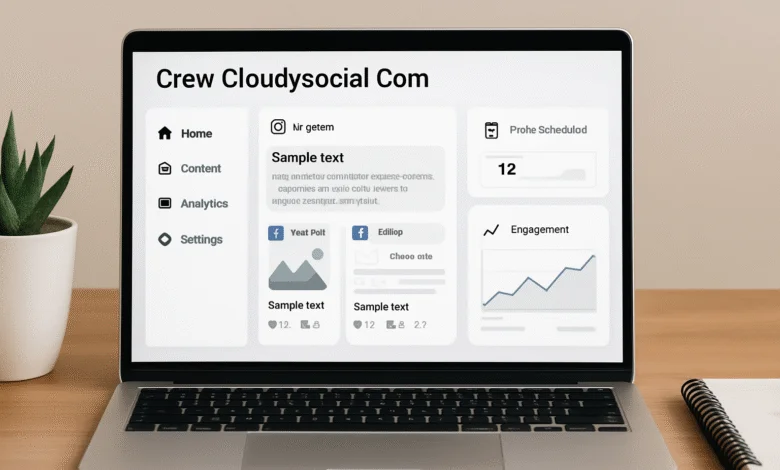How frequently do you upgrade or replace your electronics? While getting the latest smartphone or next-generation appliance every year is tempting, such rapid technological advances generate electronic waste faster than we can find sustainable ways to dispose of them.
Electronic waste (e-waste) is any discarded product with a battery or plug nearing the end of its useful life, such as computers and mobile phones. According to the United Nations University (UNU) report, global e-waste will be upped by 21 percent in only five years.
With that in mind, there’s no better time than now to rethink your purchases and be more mindful of your e-waste. How you get rid of it has a significant impact on the environment. Unfortunately, only a small percentage of e-waste is recycled in formal recycling centers. A considerable amount gets dumped into landfills, posing risks to human and environmental health.
Based on Canada’s most recent available data, the country’s total e-waste collected was roughly 20 percent despite the availability of various programs. And this might be due to the complexity of recycling programs. Containing both hazardous chemicals and highly recyclable materials, e-waste is a complex stream of waste. Its management process is intricate, requiring adequate research.
So how can you be proactive in recycling your electronic waste? Below are some ways we’ve put together to get you started and help reduce the environmental impact of improper e-waste disposal.
Know the Available Recycling Programs
Be familiar with the available recycling programs in your area. Depending on your location, you might have the choice to drop off your e-waste or have it collected.
For example, in the City of Calgary, old and used electronics can be recycled at numerous locations. If you’re wondering where to recycle electronics in Calgary, one of your options is to bring the electronic device to a city landfill for free recycling.
It will also help if you check out with the manufacturer. Many manufacturers have recycling programs and take discarded electronics from their consumers. Some may even have tie-in promotions for trade-in electronics.
Look for an Accredited Recycler
Not all recyclers are the same. You can find many recycling services that accept old or unwanted consumer electronics. However, if you’re serious about reducing the environmental risks of your e-waste, ensure to look for an accredited recycler.
Besides finding out what items they accept and the associated fees, ask about how they recycle your e-waste. You would want to ensure that they process your e-waste responsibly, with the least possible impact on human health and the environment.
Maximize the Life of Your Electronics
Recycling your electronic waste is beneficial. But minimizing your electronic waste is one of the most proactive ways to help with the growing e-waste problem and its damaging effects on the environment. If your outdated electronics are still working, maximizing their lifecycle is best.
You can sell or give it to nonprofit organizations instead of throwing the technology away. It’s also a good idea to evaluate when buying electronic devices. Is it necessary to get an extra gadget or discard the current model? If possible, only purchase the technology you need.
Be More Mindful of Your Electronic Waste
Being more mindful of your electronic waste and encouraging others to do the same are great ways to help resolve the e-waste problem in the world. Simple steps like limiting the number of electronic devices you own and donating those you no longer use can make a big difference. If you need more assistance managing your e-waste, don’t hesitate to ask your local authorities.











